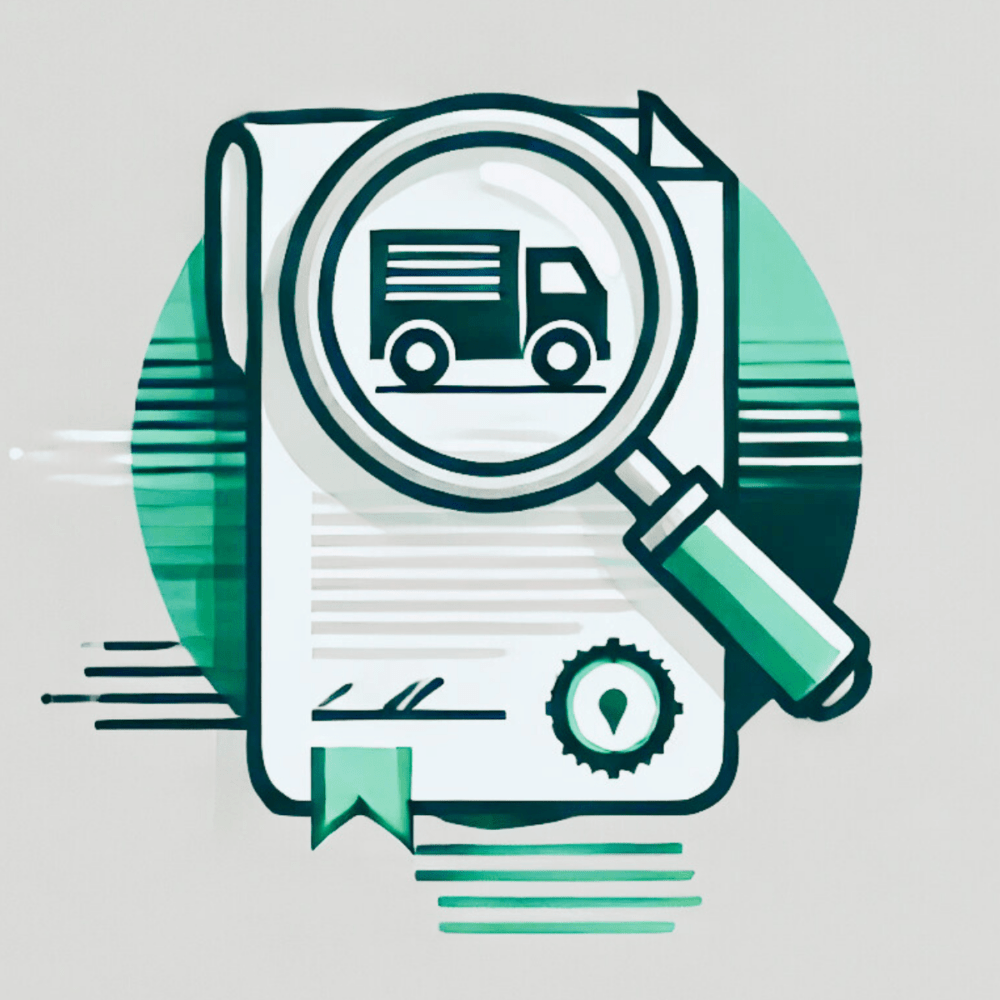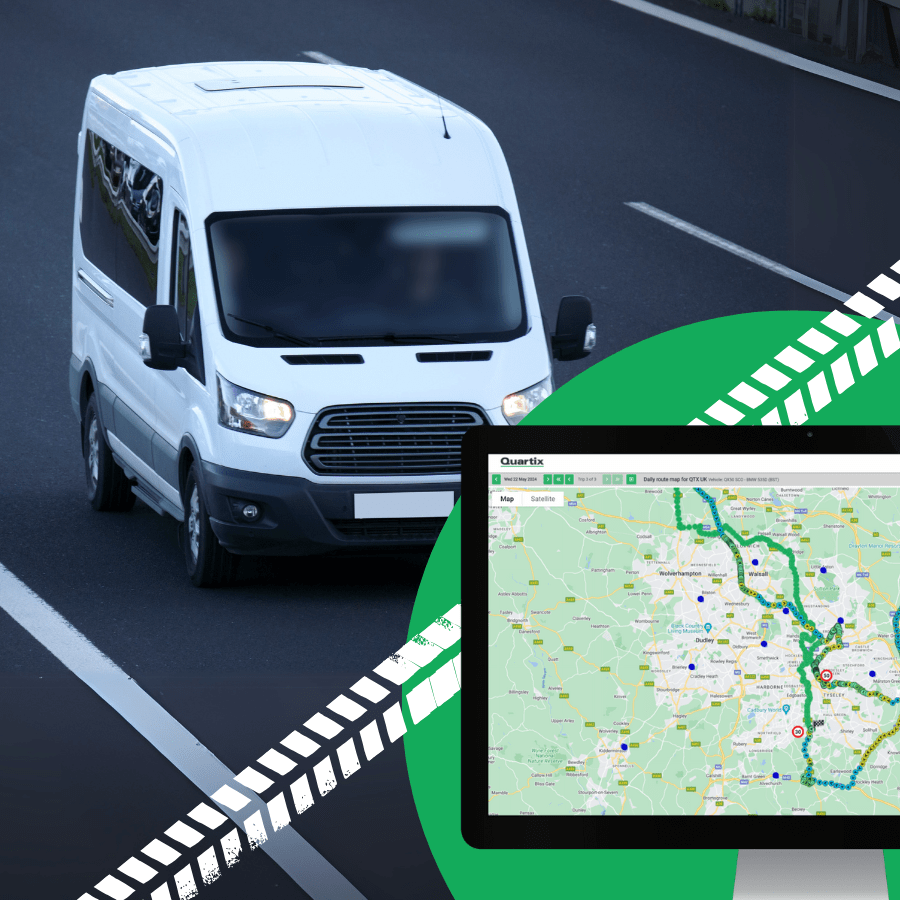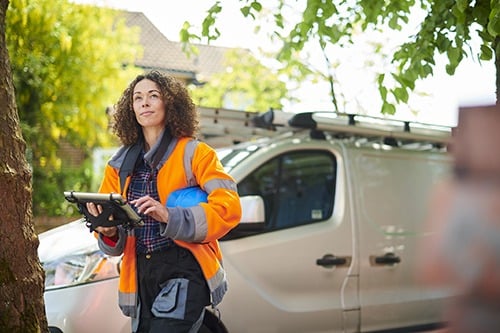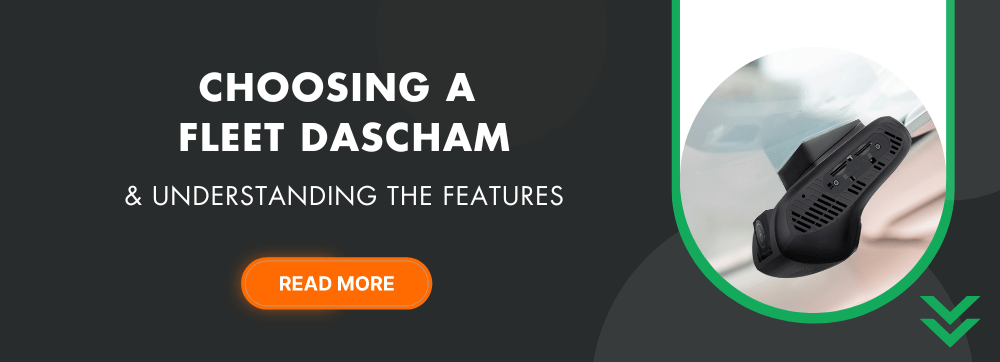
Choosing a fleet dashcam
Enhancing the safety of teams, improving driver accountability, and reducing costs, are just a few of the reasons that businesses are adopting the use of fleet dashcams.
Dashcams are invaluable in the event of an accident or traffic-related dispute. However, the market is flooded with dashcam options and advanced features, such as AI behaviour detection, that may be surplus to your needs.
Wondering which key dashcam features to consider for your fleet of vehicles? Read on for a glossary of dashcam features and a review of their benefits, to help you make an informed decision for your business.
Why use dashcams for fleet vehicles?
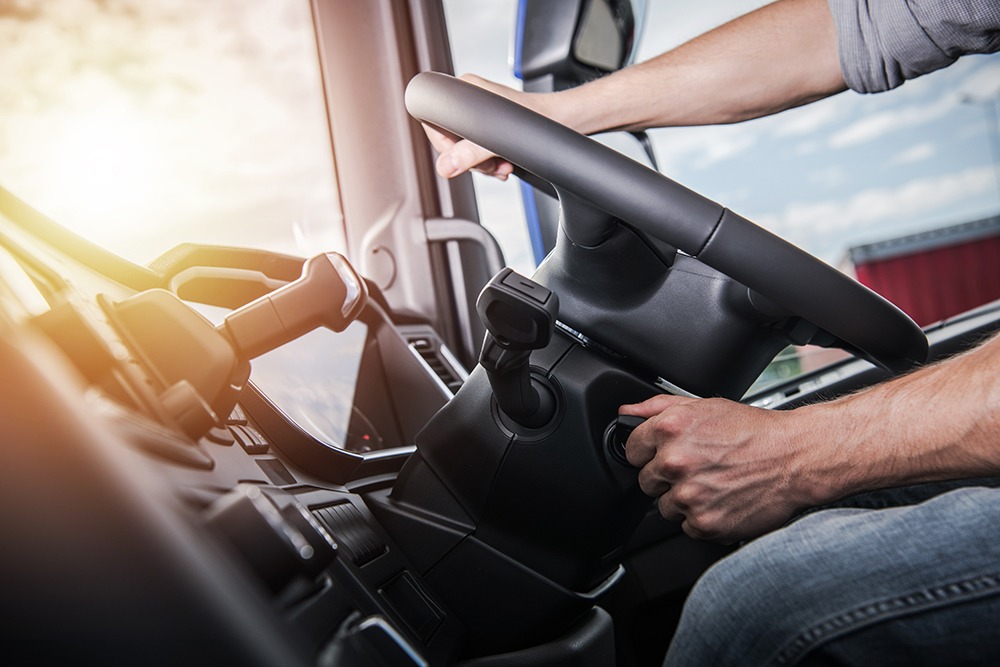
Safer driving
The presence of dashcams encourages positive behavioural changes among drivers. Footage can also facilitate targeted driver coaching and improve safety awareness.

Cost savings
Safer driving behaviours lead to fewer accidents and associated costs. Some insurers will offer discounts and the footage can combat fraudulent claims.
Time savings
Expedite insurance claims processing, leading to faster settlements. Get FNOL (First Notice of Loss) and inform insurers to mitigate potential damages.

Employee satisfaction
Protect employees by providing them with supporting evidence in case of accidents or disputes. Dashcams can exonerate your staff and prove their innocence.
Learn more about the benefits of using fleet dashcams.
Key features to consider when choosing a dashcam
When selecting a dashcam, consider various features that will impact its performance and usability. Here are some of the most important features to look out for:
- Resolution
- Viewing angle
- Parking mode
- GPS tracking
- Wi-Fi connectivity
- Connected fleet dashcams
- Behaviour detection
- Night vision
- Dual cameras
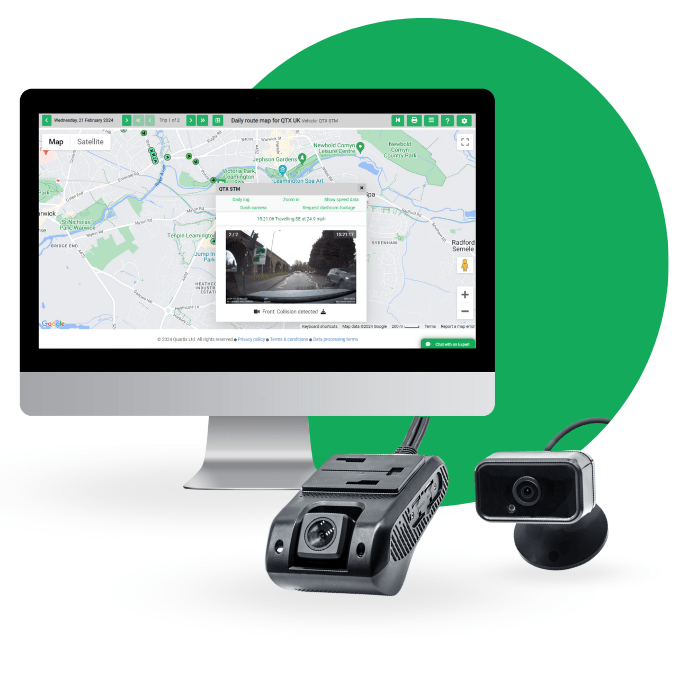
For a full list of features and their descriptions, see our dashcam features glossary further in this guide.
Dashcam reliability and ease of use
At their core, dashcams serve the fundamental purpose of accurately recording events on the road. This basic feature is crucial for providing evidence in the event of accidents, insurance claims, or disputes. Opting for a dashcam that automatically saves and uploads footage of potential collisions can speed up response times to incidents involving your vehicles.
Some dashcam solutions connect with your fleet tracking system, send alerts and make footage available directly from your route maps, adding further context to events.
Are AI dashcams with active behaviour monitoring necessary?
While more advanced dashcam features, such as machine vision and AI driver behaviour detection, may offer additional insights, they may not always justify the added cost.
You should consider your business’ capacity to process and act upon the wealth of insights that advanced AI dashcam solutions offer. This will determine whether you can fully-leverage this advanced technology. You should also explore how those features will benefit your business culture.
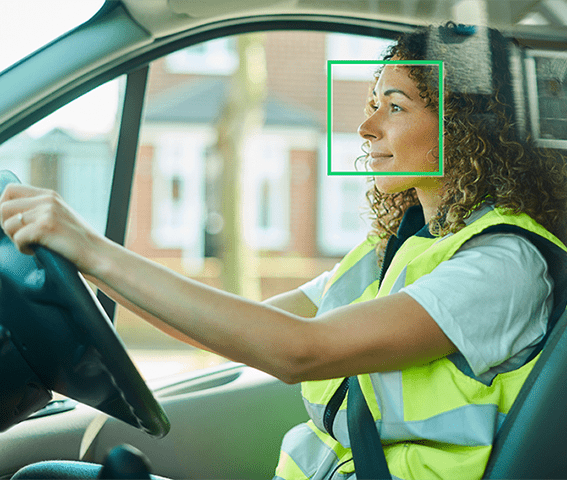
Behaviours that AI dashcams detect
AI dashcams are often able to detect distracted or dangerous driving behaviours such as:
- Eyes away from the road
- Eating or drinking
- Mobile phone use
- Signs of fatigue
These dashcam solutions usually play warning sounds for the driver and send alerts to management to review their behaviour, so risks can be addressed and corrected. Distracted driving is one of the top causes of road traffic accidents; many businesses use dashcams as a way to minimise distracted driving behaviours. However, there are pros and cons to using dashcam technology in this way.
Driver buy-in can be more problematic
Driver buy-in often determines the success of a business’ dashcam roll-out. Managing staff concerns and expectations can prove vital, and transparency is key.
AI features such as driver behaviour detection come with greater driver privacy concerns and require more in-depth communication with your staff. This technology is not just there to protect and support them, but also to continuously monitor and rate their performance, which can make driver pushback more likely.
Machine vision behaviour monitoring dashcam solutions can send alerts to management every time a driver performs a potentially dangerous action, such as interacting with their phone or showing signs of fatigue. This can cause undue stress for the driver, especially if the technology misinterprets their behaviour.
Managing behaviour detection alerts
If you choose a dashcam with AI behavioural facial recognition features, you need a process for managing that influx of information. A clear policy should be communicated with your staff, detailing how the technology will be introduced and how any detected negative driver behaviour will be handled.
Many alerts will be false positives, so it’s important to review the footage before addressing the behaviour in question. There is a corporate responsibility to review those potentially dangerous incidents, although this process can be a poor use of business time if the footage shows no dangerous behaviour. It has the potential to help you proactively uncover risks and prevent accidents, but requires someone in the company to dedicate a lot of time and effort, and there will likely be difficult conversations with your drivers.
Dashcams with GPS tracking
Look for dashcams that include GPS location data and timestamps for richer evidence in the event of a collision. You should consider how you will get hold of the dashcam footage in the event of an incident, and whether the data would be lost if the device becomes damaged.
Many dashcam solutions integrate with your fleet tracking system or back up to the cloud, which means you can always access the data, and sometimes you can remotely disable the device.
What are the benefits of connected fleet tracking dashcams?
Connected fleet dashcams give you invaluable insights into driving incidents and driver behaviour directly within your fleet tracking system, allowing you to:
- Access footage within your telematics system, regardless of vehicle ignition status
- See full coverage of critical events
- React quickly when a collision is detected
- Get notifications and automatic video upload for events
- See footage of specific trips directly from your fleet tracking route maps for added context
- Combine with speed details and the direction of travel
- Review a library of uploaded dashcam footage in a calendar format
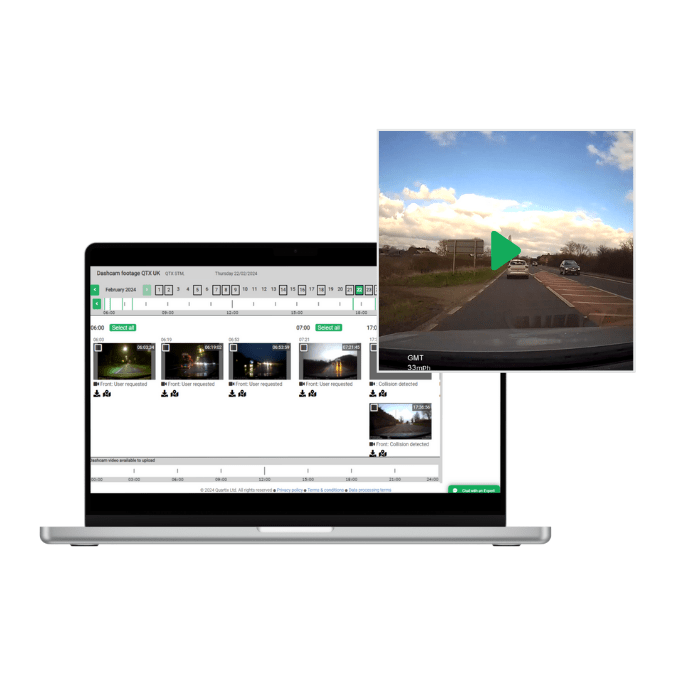
Fleet dashcam features glossary
Understanding the wide range of features and specifications of dashcams is essential for making the right choice for your business. Here is a glossary of key features along with their descriptions and benefits:
The distance covered by the camera
A camera that captures footage of the road ahead of the vehicle
An in-cab camera that captures footage of the driver
A rear-view camera that will provide evidence in case of rear-end collisions or tailgating
A camera that faces the road ahead with an in-built secondary camera recording the driver inside the vehicle, for a full account of events
HD footage ensures the clearest footage possible. 1080p video (1925 x 1080 pixels) is classed as high-definition (HD) footage. Frame rate controls how smooth footage will appear and is measured in frames per second (fps). HD footage at 25-30fps will result in the smoothest, clearest video for accurate analysis and evidence, though lower resolutions and frame rates may also be perfectly adequate.
The horizontal field of view provided by the camera, measured in degrees. A wider viewing angle means less footage blind spots.
A built-in battery for continued operation during power loss, for example, due to tampering.
Connectivity provided via 4G network. A dashcam relying on 4G will be able to rapidly upload footage.
Fleet dashcams that come with infrared night vision cameras will provide enhanced footage in low-light conditions and night-time journeys. This is particularly useful in driver-facing cameras.
Audio recording capabilities are sometimes included in fleet dashcams, to provide additional evidence in incidents. Often this is a configurable setting that is disabled by default.
Connected fleet dashcams are compatible with a fleet management system. Often with the ability to configure alerts and access dashcam footage from within the fleet tracking system.
Footage is stored on the dashcam memory card and not uploaded to a fleet management system or cloud-based storage solution. The memory card can be removed from the dashcam to access the footage when needed. Some standalone dashcams provide a Wi-Fi connection to help users retrieve video from the memory card via a mobile app.
Notifications for detected fleet dashcam events can be enabled to allow timely intervention.
You can choose a fleet dashcam solution that automatically uploads certain footage to a designated server or cloud storage to streamline data management.
Specific events can be automatically detected by dashcams to alert managers to potential risks or incidents. Depending on the dashcam capabilities, this could anything from high impact such as a collision to a panic button on the dashcam being pressed by the driver. Some driver-facing dashcams can even detect specific driver behaviours such as mobile phone use within the footage.
AI dashcams can assess risk using machine vision and artificial intelligence (MV and AI). They can detect dangerous or distracted behaviour such as showing signs of fatigue, using a mobile phone, looking away from the road ahead, or eating/drinking. While the intention is to improve safety and eliminate risk, AI behaviour detection often causes driver pushback. These types of dashcams can generate numerous alerts and clips for a business to review for each driver every day, which they may not have the resources to deal with.
Some dashcams will use Wi-Fi connectivity for data transfer, facilitating easy access to and sharing of footage through a mobile app or similar.
Dashcam footage can include time stamps to provide additional event information.
Dashcam footage can include GPS location data to provide additional context for recorded events.
Some dashcams have a parking mode for surveillance while the vehicle is stationary with the ignition off, to capture evidence of potential accidents, vandalism, or theft.
Recorded dashcam footage can either be accessed via the device memory card, or via a fleet tracking system, depending on the solution you select for your fleet.
Fleet dashcams offer varying amounts local storage, so if the footage is only stored on the dashcam, it is worth considering how much journey time you will be recording.
In cloud-based solutions, fleet dashcam footage is often only stored for a certain length of time so it is worth considering how long you might need access to the data and downloading any notable events to store separately.
A dashcam may have various options for footage backup to ensure data integrity and prevent loss of critical evidence.
Some dashcams provide alerts that are triggered by tampering attempts, to enhance security and ensure the integrity of recorded footage.
Dashcam footage may be encrypted to protect businesses from unauthorised access and to safeguard information.
A dashcam may come with the ability to remotely disable or lock the camera to prevent unauthorised use.
Often, there is a locking mechanism for the SD card slot to prevent unauthorised removal or any tampering with the dashcam footage.
Find out more in the Fleet Guide to Dashcams
Download your free guide today to learn more about dashcam features, the rules around their usage, and hear our practical tips for introducing the technology successfully into your business.
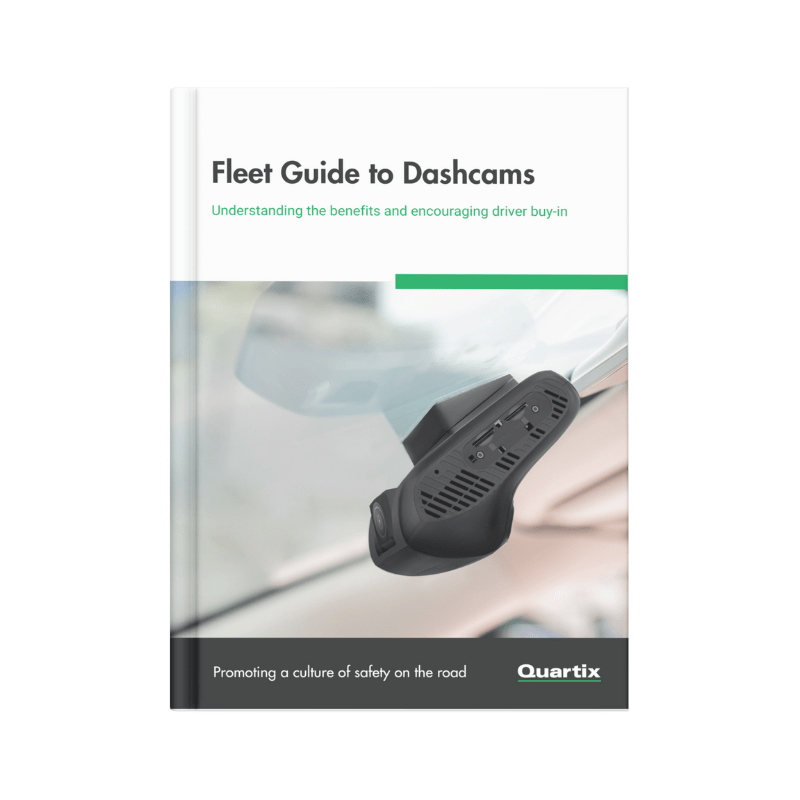
JUSTIN TOOLE, FLEET MANAGER
M&Y Maintenance and Construction
“Since we started using the Quartix Dashcam solution in our fleet of vehicles, we’ve seen a significant improvement in safety and efficiency. The dashcam’s high-quality video and easy-to-use features have helped us mitigate risk and minimise downtime due to accidents.
Our drivers feel more confident on the road knowing that they have a reliable witness in case of an incident. The Quartix Dashcam has been an invaluable addition to our fleet management tools.”
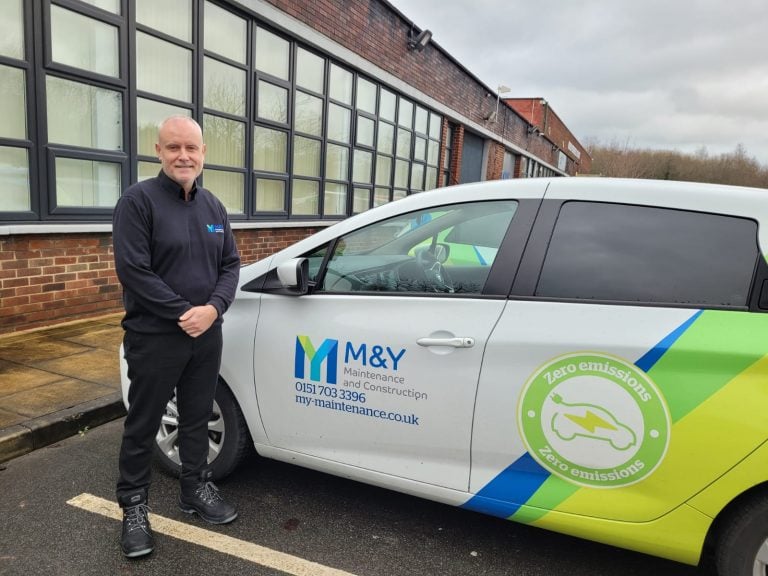
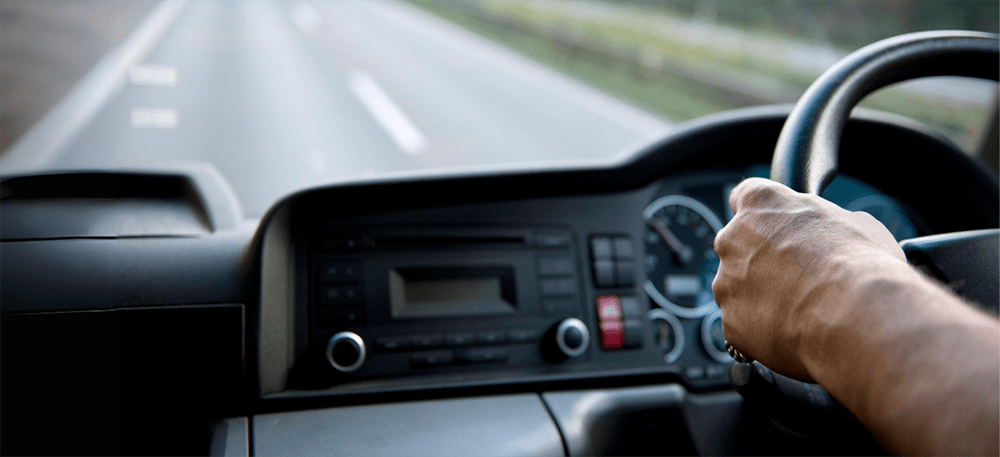
Promote a culture of safety on the road and protect your business with our fleet dashcam solutions
Want to find out more? Get in touch!
Leave your details below, and our team will reach out to discuss a dashcam solution that suits your specific fleet goals.


